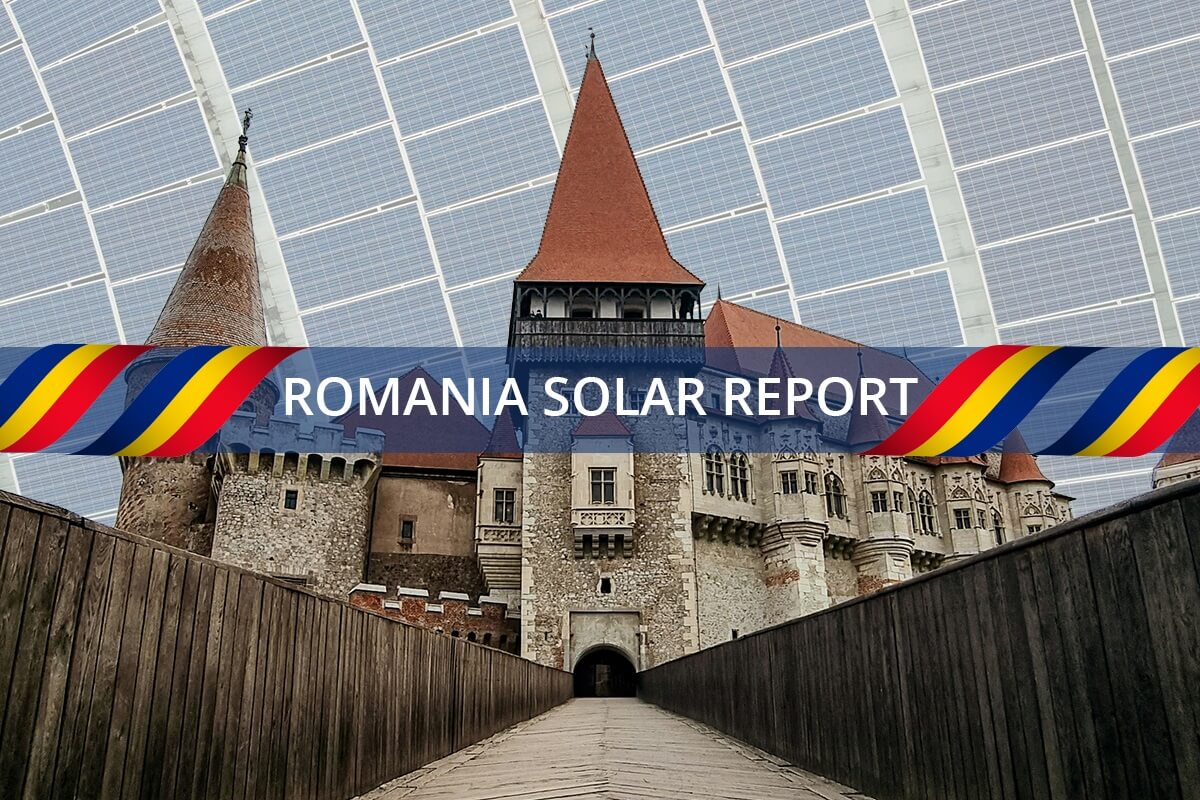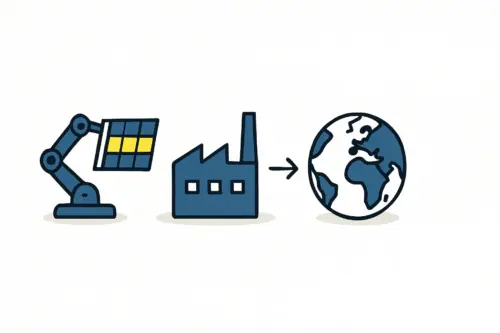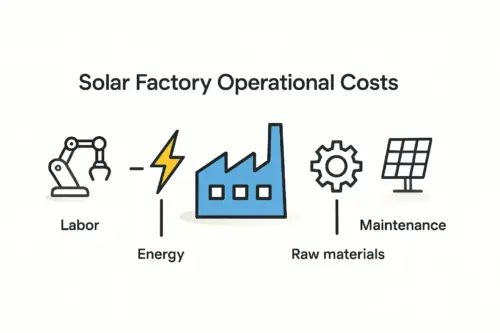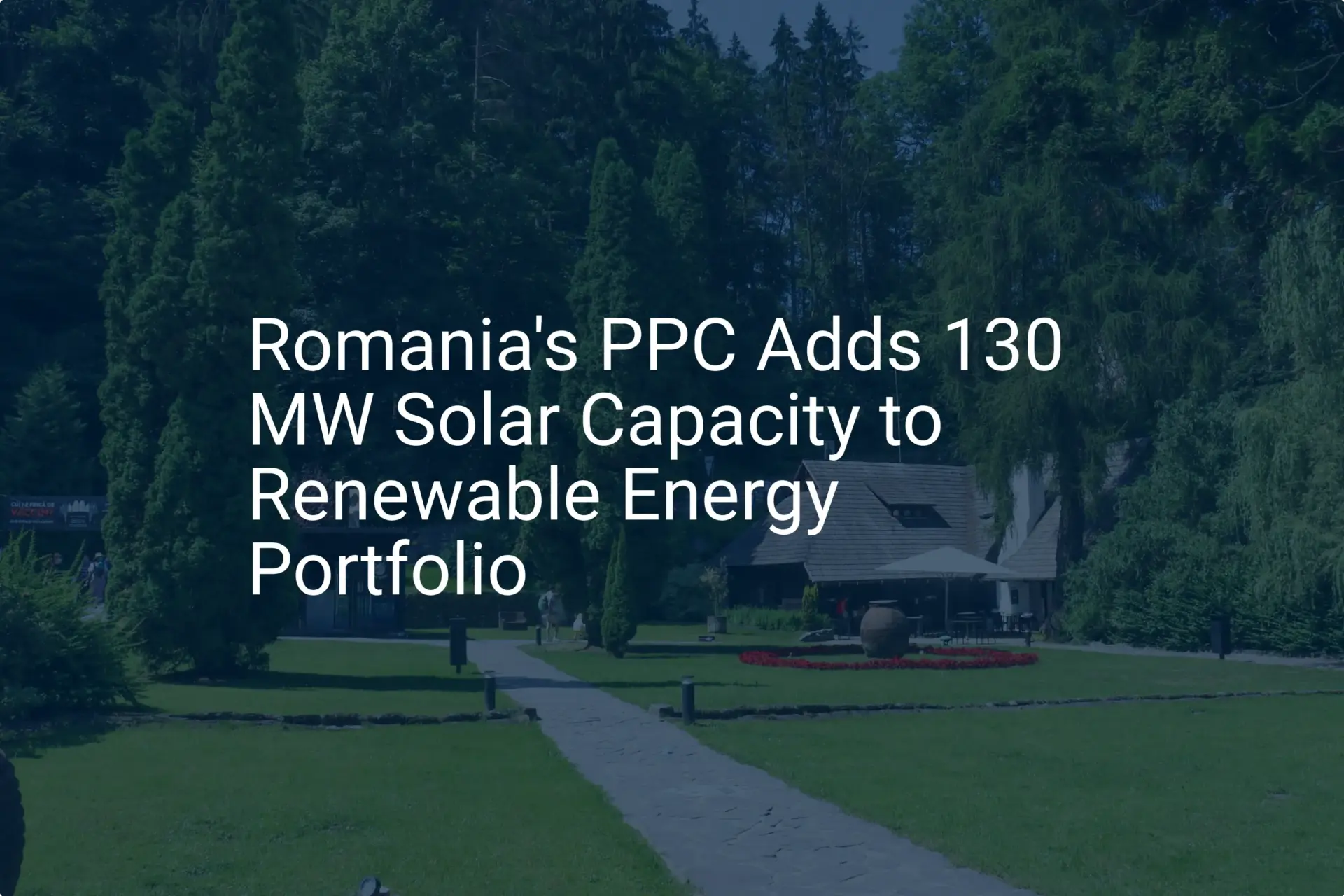An investor considering a new venture naturally begins by assessing market demand. For those exploring solar module manufacturing in Europe, Romania presents a compelling case. While many focus on production technology, the first question is more fundamental: who will purchase the modules, and at what volume?
A factory’s success hinges not on its machines alone, but on the strength and accessibility of its customer base.
This analysis examines Romania’s domestic off-taker market, offering a framework for forecasting local sales potential. It delves into the two primary customer segments—large-scale solar farm developers and commercial and industrial (C&I) clients—and outlines the strategic advantages that favor locally manufactured solar modules. This information is a crucial component of the ‘Business Environment’ evaluation for any serious investor.
The Macro Environment: Government Policy as a Market Catalyst
Romania’s growing solar market is built on its alignment with European Union energy objectives. This high-level support translates into specific, bankable programs that create stable and predictable demand for renewable energy technologies, including solar modules.
Understanding these government frameworks—a key insight from J.v.G. turnkey projects—is the first step in de-risking any market entry strategy.
-
REPowerEU Commitment: As part of this EU-wide initiative, Romania has committed to adding approximately 8.3 GW of new renewable capacity by 2030. This national target creates a powerful, long-term demand signal for the entire supply chain.
-
Contracts for Difference (CfD) Scheme: The government plans to launch a 2 GW auction in 2024 for onshore wind and solar projects under its CfD scheme. This mechanism provides revenue stability for large-scale energy producers, making it easier for them to secure financing and commit to large-volume module procurement.
-
The Modernisation Fund: Romania is a significant beneficiary of this EU fund, which is dedicated to upgrading energy systems and improving efficiency. A substantial portion of this funding is directed towards renewable energy projects, further stimulating the development of new solar farms.
These programs work in concert to create a fertile ground for solar project development, ensuring a consistent pipeline of potential customers for a local module manufacturer.
The Primary Off-Taker: Large-Scale Solar Farm Developers
Utility-scale solar farm developers represent the most significant source of concentrated demand for solar modules in Romania. These entities build projects measured in the hundreds of megawatts (MW), requiring vast quantities of panels. A local manufacturer is uniquely positioned to serve this segment, offering logistical advantages and supply chain security that foreign competitors cannot easily match.
Ready to make big Profits?
The solar Industry is Booming
WE HELP NEWCOMERS to the solar industry start their own solar module production line. Customers can make BIG PROFITS by selling modules and finding investors, without wasting money and time on things they don't need!
The scale of these projects is substantial, illustrated by the pipelines of just a few key developers active in the country:
-
Rezolv Energy: Developing a 1,044 MW solar project in Arad county, poised to be one of the largest in Europe.
-
Nofar Energy: Holds a portfolio of more than 750 MW in planned projects.
-
Econergy: Developing a 475 MW portfolio of renewable energy projects.
-
Enery: Acquired a project pipeline of 240 MW, demonstrating continued investment interest.
For a new manufacturer, securing a contract with even one of these developers could mean selling a significant portion of their initial annual production capacity. This makes the large-scale segment a cornerstone of any viable solar panel business plan.

The Secondary Market: Commercial & Industrial (C&I) Clients
While large-scale farms represent concentrated demand, the Commercial and Industrial (C&I) sector offers a diverse and rapidly growing customer base. These clients are businesses—from manufacturing plants and logistics centers to retail complexes and agricultural operations—installing solar systems primarily for self-consumption.
The drivers for C&I adoption are fundamentally economic and operational:
-
Rising Electricity Costs: Companies are increasingly turning to solar to hedge against volatile grid electricity prices and gain control over a critical operational expenditure.
-
Grid Instability: In regions with less reliable grid infrastructure, on-site solar generation provides businesses with greater energy security and operational continuity.
-
ESG Mandates: Environmental, Social, and Governance (ESG) goals are pressuring corporations to reduce their carbon footprint, and on-site solar is a direct and visible way to achieve this.
-
Government Support: Programs supporting ‘prosumers’—entities that both produce and consume energy—have made the financial case for C&I solar more attractive.
Though individual C&I projects are smaller (typically ranging from 50 kW to a few MW), their cumulative volume is significant. This segment provides a new manufacturer with market diversification, reducing reliance on a small number of large-scale buyers.
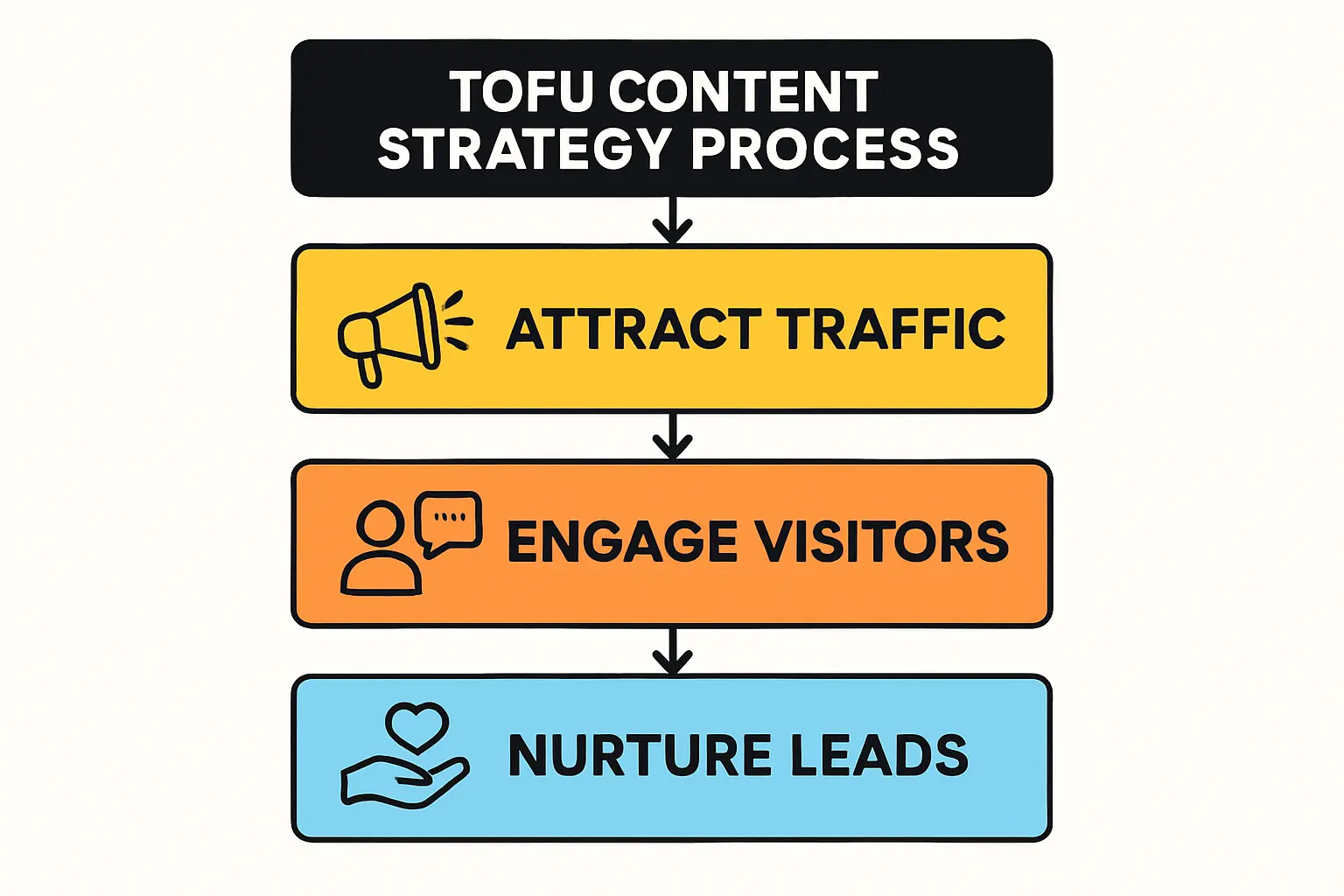
The Strategic Advantage of ‘Made in Romania’
A crucial factor in the investment thesis is the growing EU preference for locally sourced industrial goods. This trend is not merely sentimental; it is being codified in policy, creating a tangible competitive advantage for a Romanian manufacturer.
-
Net-Zero Industry Act (NZIA): This proposed EU regulation aims to ensure the Union produces 40% of its annual deployment needs in net-zero technologies, including solar PV, by 2030. Public procurement processes and support schemes may soon include criteria that favor EU-made products.
-
Carbon Border Adjustment Mechanism (CBAM): As the EU begins to price the carbon embedded in imported goods, solar modules produced with a lower carbon footprint—often achievable with Europe’s cleaner energy grids—may gain a cost advantage.
-
Logistical Efficiencies: A local factory can offer developers shorter lead times, reduced transportation costs, and greater supply chain transparency compared to modules shipped from Asia. This can be a decisive factor in project timelines and financing.
These factors suggest that the market is not only growing but is also structurally shifting to favor local production.

Integrating Market Analysis into Your Business Plan
Understanding the demand landscape is the first step; the next is to translate these insights into a concrete operational and financial strategy. A thorough analysis of the off-taker market directly informs key components of the planning process, from factory sizing to financial projections.
While a comprehensive guide on how to start a solar module factory details the entire process, the findings from this market analysis directly inform your projected revenue, sales strategy, and overall manufacturing cost structure. By identifying target customer segments and their potential volumes, an investor can more accurately model cash flows and determine the project’s financial viability.
Frequently Asked Questions (FAQ)
What exactly is an ‘off-taker’ in the solar industry?
An off-taker is the entity that purchases the electricity generated by a power plant. In this article, the term is used more broadly to refer to the end-customer who purchases the solar modules themselves—the solar farm developer or the C&I business owner who ‘takes’ the product off the manufacturer’s hands.
How does the Romanian grid capacity affect solar development?
Grid capacity is a critical consideration. While Romania is actively expanding its grid to accommodate new renewable capacity, localized constraints can still be a bottleneck for large-scale projects. Developers conduct extensive grid connection studies before committing to a project. A module manufacturer should therefore follow the progress of grid upgrades, as this directly influences the pace of solar farm construction.
Are C&I installations professionally managed or is it a fragmented market?
The C&I market is served by a range of players. Larger installations (over 500 kW) are typically handled by professional Engineering, Procurement, and Construction (EPC) companies that specialize in commercial solar projects. Smaller installations may be managed by smaller electrical contractors. A module manufacturer would develop sales channels to serve both of these groups.
Next Steps in Your Evaluation
The Romanian market presents a robust and multi-layered demand structure for a new solar module manufacturing facility. The combination of strong government support, a pipeline of large-scale projects, and a burgeoning C&I sector makes for a compelling business case. Furthermore, EU-level policy is creating a strategic tailwind for local European producers.
With this initial market assessment complete, an investor’s next logical step is to delve deeper into the financial and operational requirements for establishing a production line capable of serving this growing demand.

